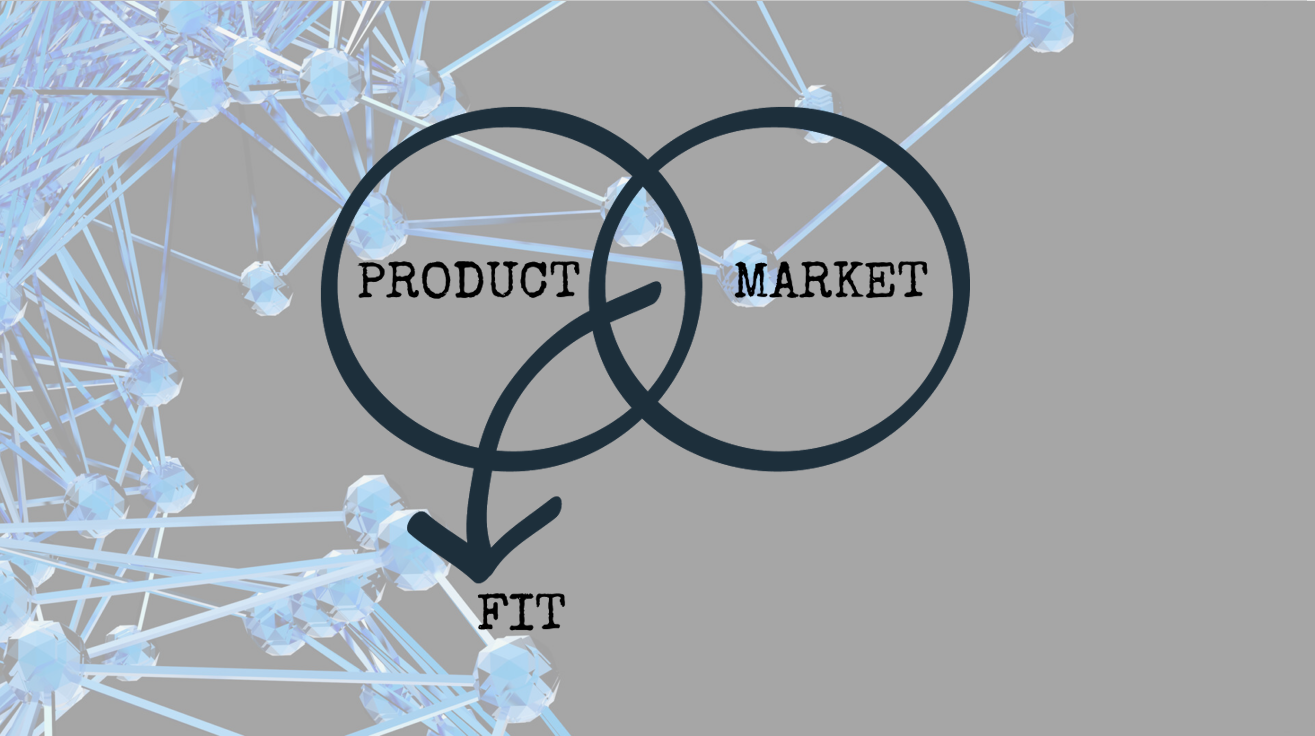How can product-market fit be best achieved in deep tech start-ups?

Topic
This study explores the product-market fit (PMF) concept by highlighting the alignment between a start-up’s product/service and the needs, preferences, and demands of the market. This paper exposes the distinct challenges encountered by tech start-ups and, at the same time, explores adaptations of PMF related approaches, employed by deep tech start-ups. The findings show the significance of market validation and customer feedback in developing deep tech solutions through Lean Startup Approaches and other product and business development methods and approaches. However, those approaches have some limits in their application within deep tech start-ups. The study provides evidence-based solutions that can provide practical guidance to industry stakeholders.
Relevance
- Provides practitioners with a detailed overview of potential methods that could help them achieve PMF.
- Insights on some adaptations made by other startups that could lead to some guidance.
- Presenting limits of PMF related approaches, allowing practitioners to save resources and focus on adapations that help them to be efficient in attempting to achieve their PMF.
Results
- Start-up founders show a strong comprehension of LSAs and how they utilized them as cognitive frameworks for business models and product strategies. Via the use of feedback outcomes and iterative cycles, start-ups were able to rapidly identify and respond to market changes, competitive dynamics, and emerging trends.
- Reliance on MVPs, prototyping, and the modified Build-Test-Learn cycle to accelerate product development, validate market desirability, and communicate progress to investors and customers.
- Engaging with customers and other stakeholders throughout the product development life cycle seems to be a common practice to leverage direct communication and to gain traction and market knowledge.
- Start-ups also showed high adaptability and flexibility degrees in response to market changes and customer feedback. Startups also showed the ability to pivot and redefine product features and business models based on competitive analysis and observations.
- Customer intimacy emerged as an important aspect that requires deep tech start-ups to cultivate close relationships with clients to shape their products collaboratively.
- PMF related methods aim also to mitigate potential risks associated with various internal and external factors during product development. Nevertheless, the research highlighted several limitations in adopting these approaches within deep tech start-ups.
- Despite the available methods, some start-ups find it difficult to systematically process user data and make sense of it. Extensive market analysis was perceived as not extremely relevant for the start-ups. They tend to justify it by the transformative nature of the innovation will bring, thus considering that a sizable market and a substantial need for their product do exists.
- Deep tech encompasses various industries with very different challenges, therefore industry-specific frameworks were proposed as a potential solution to address the heterogeneity within the deep tech landscape.
Implications for practitioners
- Practitioners should follow the product development methods and approaches to guide them through their quest to reach their PMF as those methods are still valuable. However, rather than sticking to some specific methods they should adapt those to their industry and specificity.
- Achieving PMF might not be the most important step for some startups. However, we believe that the concept of achieving PMF goes beyond reaching a step where market need is met. Startups should see it as an iterative process that should constantly adapted to the rapid market changes.
Methods
In our qualitative research we adopted an exploratory approach where we investigate new products and business development methods and approaches that remain relatively unexplored within the deep tech start-up field. To comprehensively address the research objectives, we employed a dual-method approach. Initially, we conducted a systematic literature review, aiming to answer the primary research question.
The second step of our research involved conducting semi-structured interviews with individuals actively engaged within the deep tech start-up sphere. This provided an opportunity to nuance our findings from the literature review by comparing them against practical use cases. Our ambition was not only to answer the second research question but also to collect fresh insights on how deep tech start-ups adapt existing innovation methods
